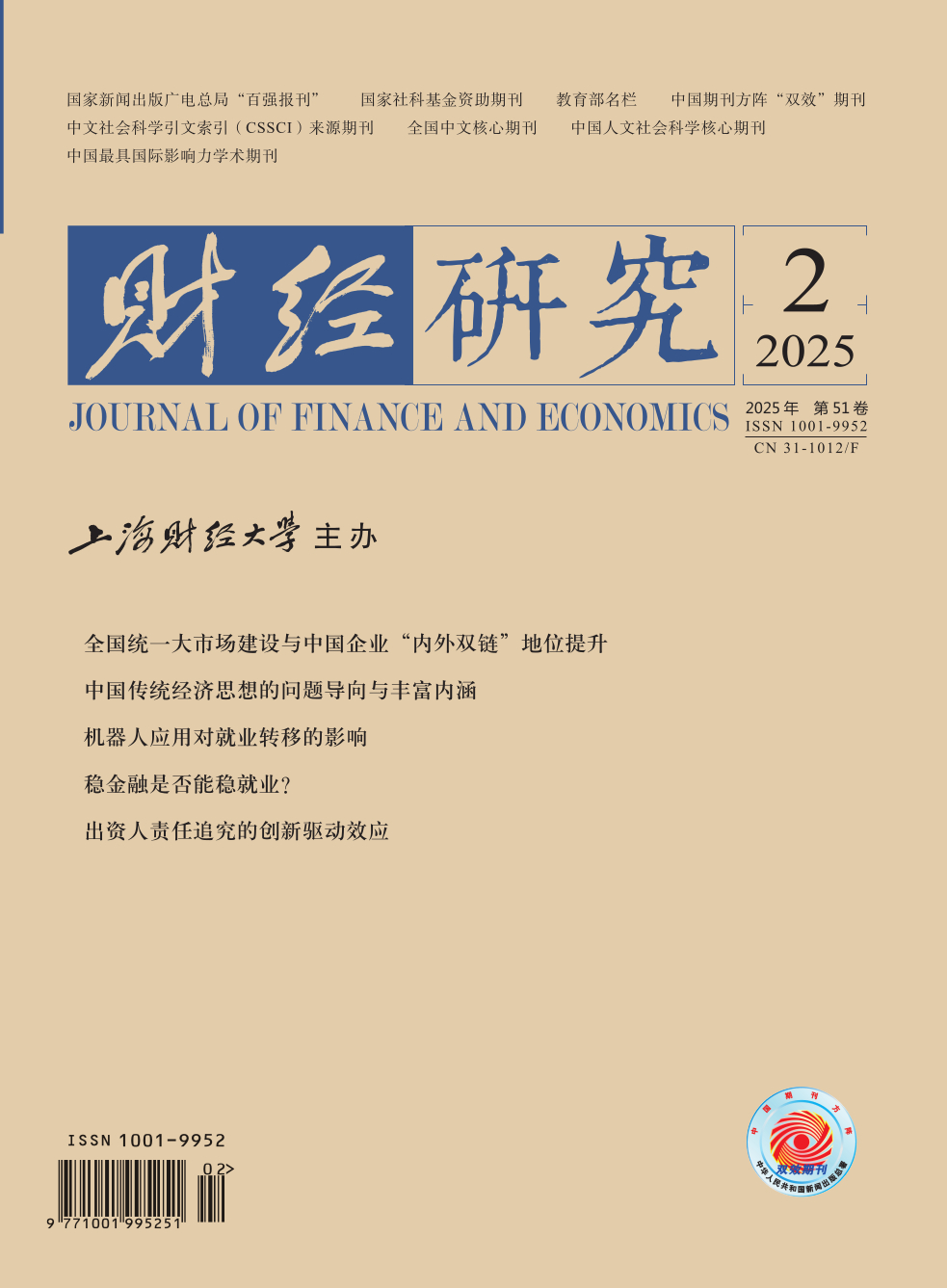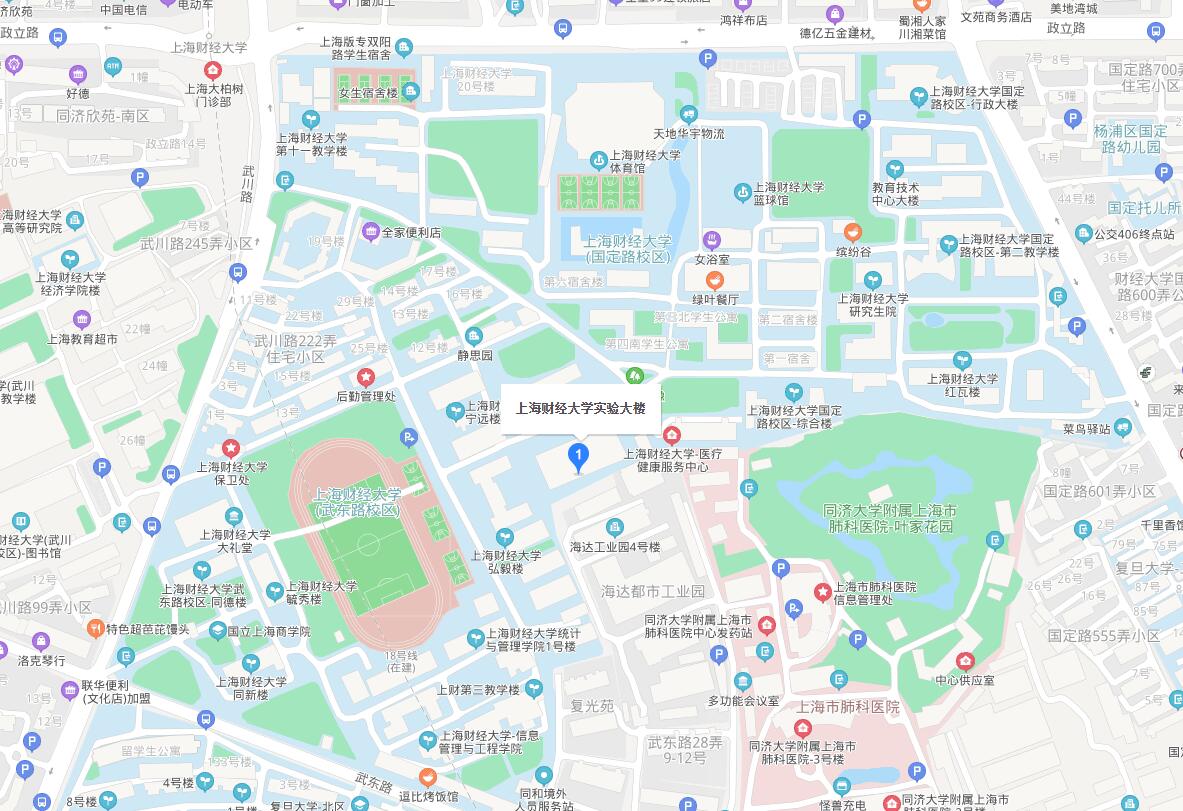In progressing towards common prosperity, the contemporary role of Confucian tradition warrants careful consideration. Rural areas, as an indispensable part of social structure, are home to many relatively disadvantaged groups. There is a need to harness the rural potential for “baking the cake” through the strategic integration of collective idle capital, the mobilization of high-quality social capital, and the activation of latent resource factors. These efforts will not only foster the growth of rural collective economy, but also invigorate endogenous drivers for rural revitalization, thereby addressing developmental shortcomings and ensuring that the benefits of progress are more equitably shared across the society.
This paper investigates the role of Confucian tradition in the process of achieving common prosperity, with a particular focus on the revitalization of rural collective economy. Using data from 2009 to 2015 national rural fixed-point observations and historical geographic data on Confucian academies, it is found that Confucian tradition provides a fertile cultural foundation for the realization of common prosperity. Specifically, the stronger the impact of Confucian culture in a village, the better the development of collective economy. Moreover, the positive effect of Confucian tradition is more pronounced in villages located in plain areas and those with strong collective asset reserves. Channel tests reveal that Confucian culture affects rural collective economy through four pathways: enhancing collective cooperation, improving resource endowments, increasing human capital investment, and fostering organizational innovation. Further, the effect of Confucian tradition on rural collective economy contributes to poverty alleviation and greater tax contributions from villages to the state.
This paper has the following contributions: First, it mainly investigates the impact of Confucian culture and its implicit norms on rural collective economy from the perspective of informal institutions, complementing the research on common prosperity with Chinese characteristics. Second, anchored in the goal of common prosperity, it reveals how Confucian tradition drives rural collective economy and rural revitalization, enhancing our understanding on the unique value embedded in Chinese traditional culture. The findings offer practical insights for developing a Chinese model of common prosperity and promoting the heritage of traditional culture in China.





 102
102  122
122
